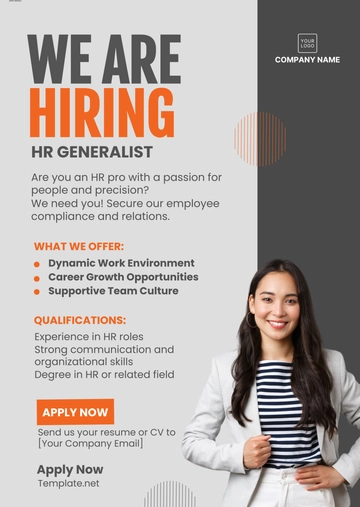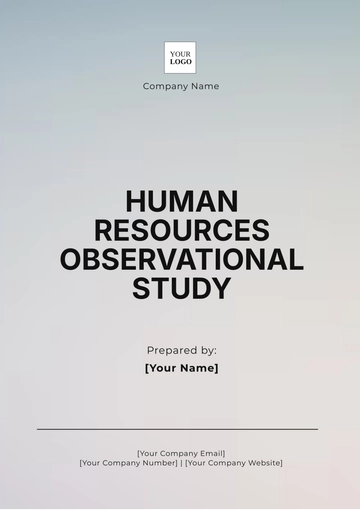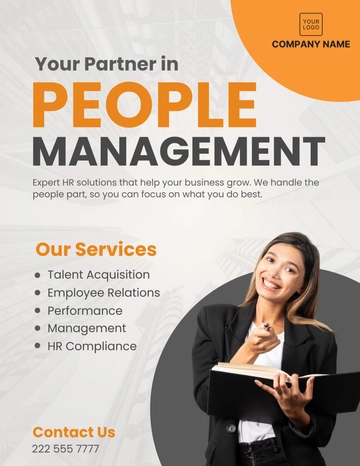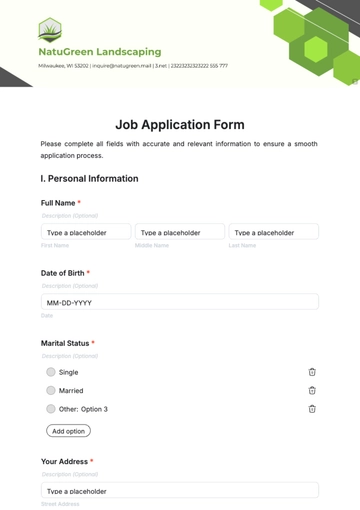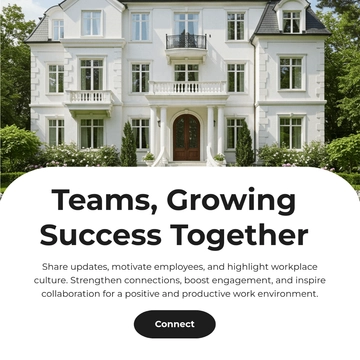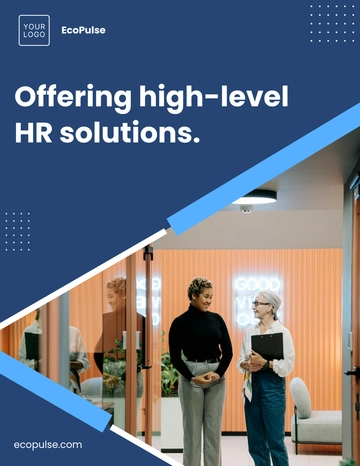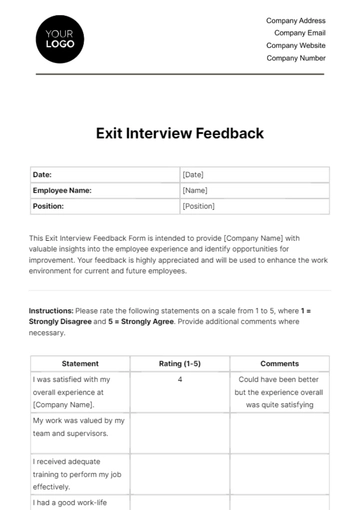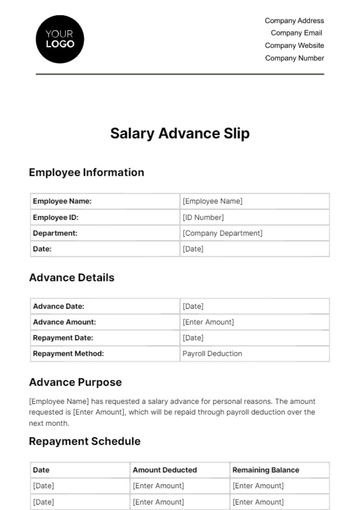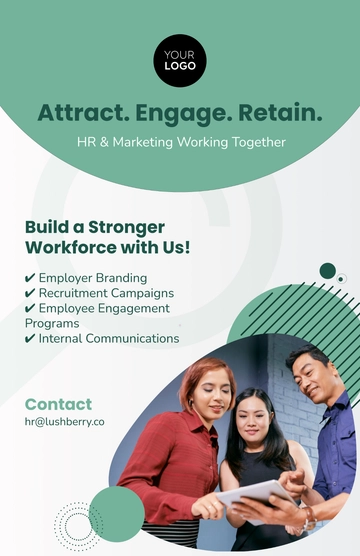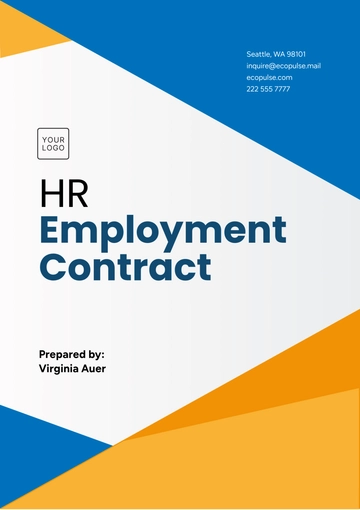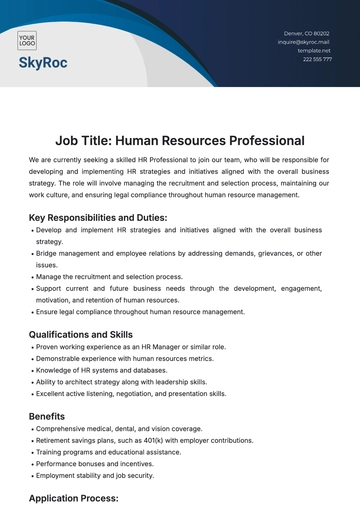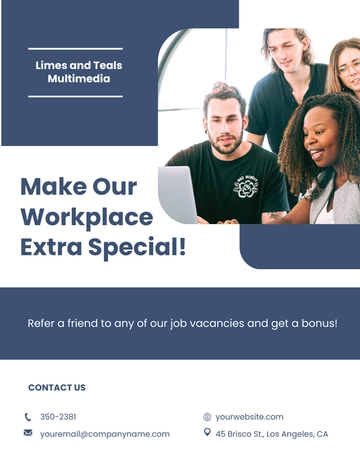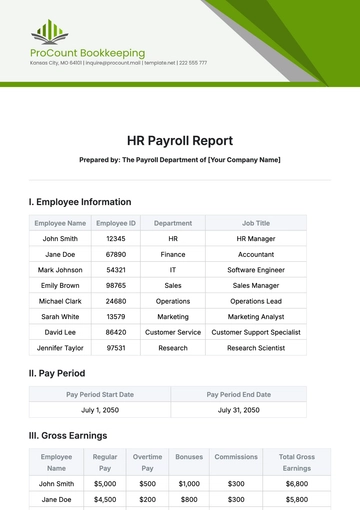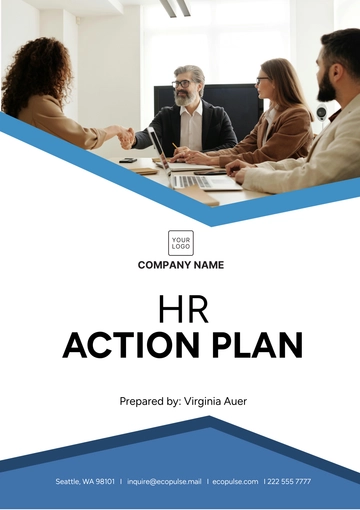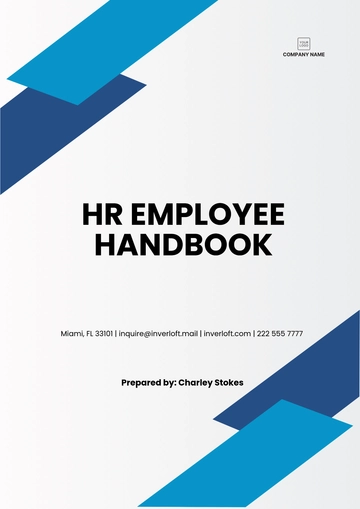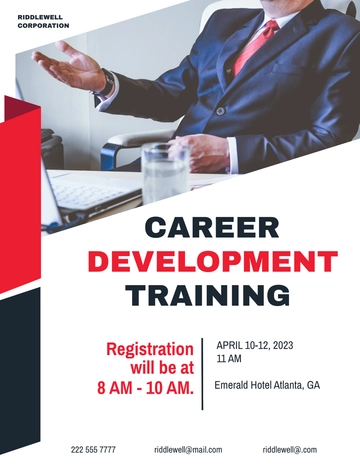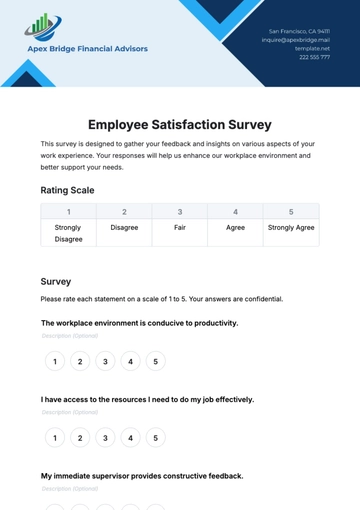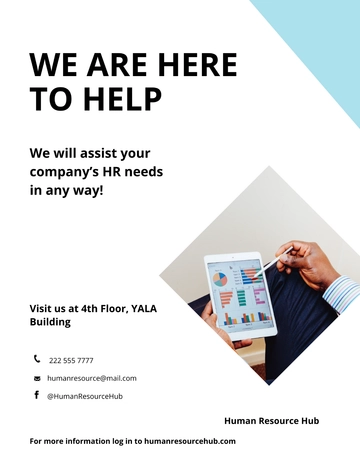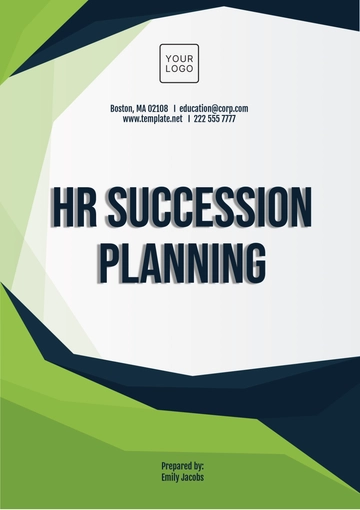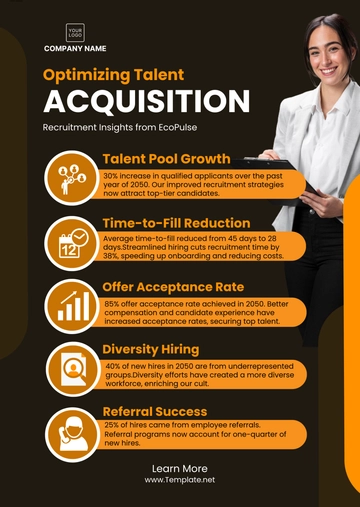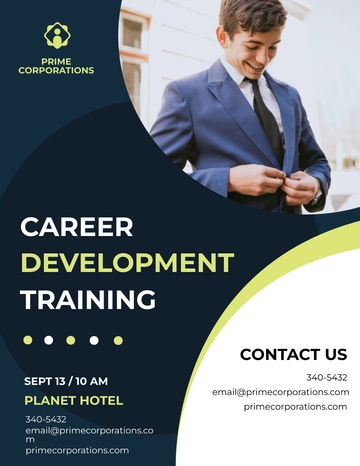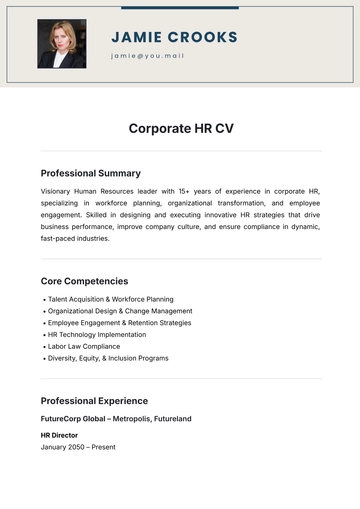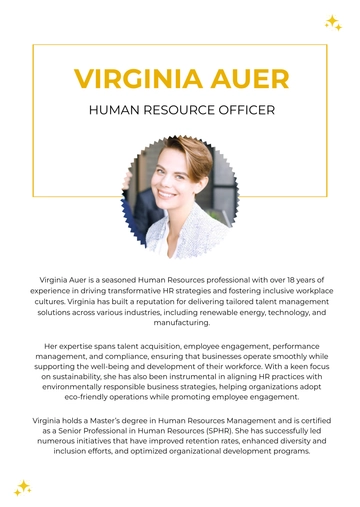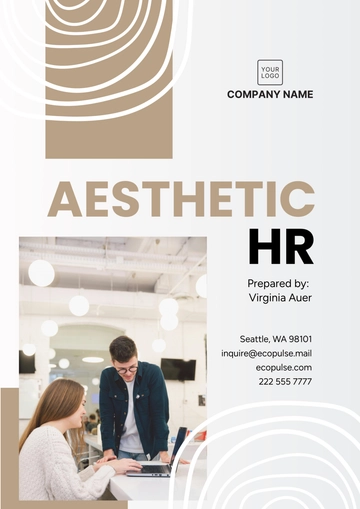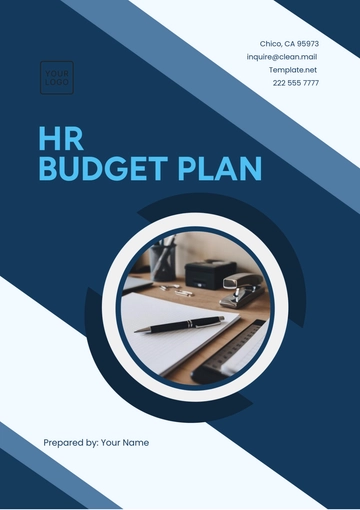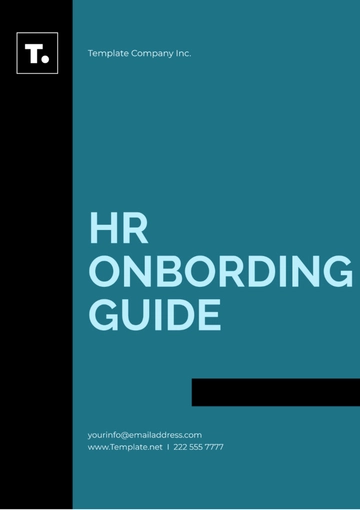Free Talent Acquisition Curriculum HR
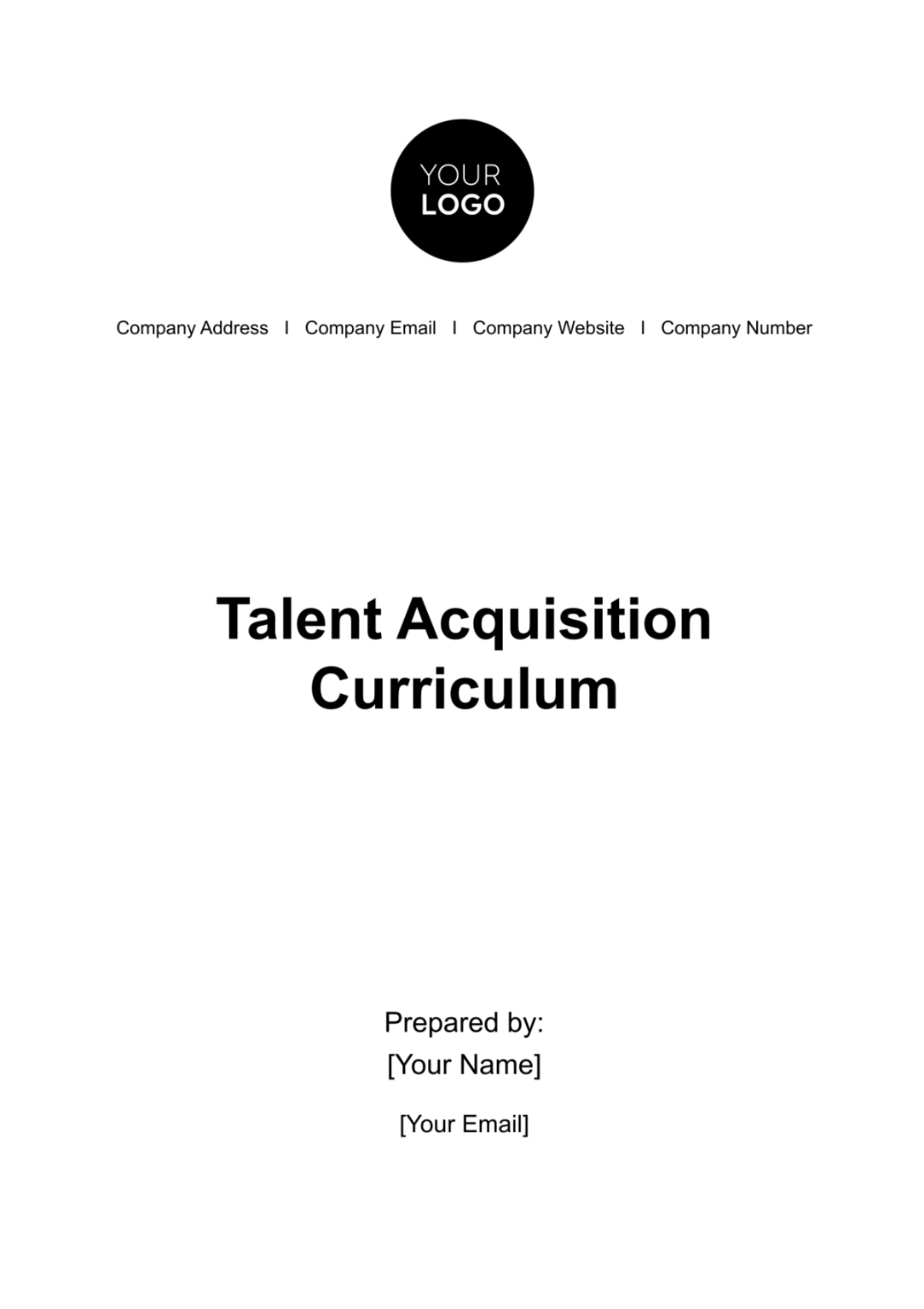
TABLE OF CONTENTS
Section 1: Introduction to Talent Acquisition 3
I. Overview of Talent Acquisition 3
II. Importance of Talent Acquisition in Organizations 3
III. Key Roles and Responsibilities of a Talent Acquisition Professional 3
Section 2: Workforce Planning 3
I. Identifying Talent Needs and Gaps 3
II. Aligning Workforce Planning with Organizational Goals 4
Section 3: Sourcing Strategies 4
I. Sourcing Methods and Channels 4
Table 1: List of Sourcing Methods/ Channel 4
II. Building a Strong Talent Pipeline 5
III. Leveraging Technology in Sourcing 5
Section 4: Candidate Assessment 6
I. Resume Screening and Application Evaluation 6
II. Assessing Technical and Soft Skills 6
Table 2: Technical Skills Assessment Criteria 6
Table 3: Soft Skills Assessment Criteria 7
III. Reference Checks and Background Screening 7
Section 5: Employer Branding 7
I. Developing an Employer Brand Strategy 7
II. Measuring the Impact of Employer Branding 8
Section 6: Talent Selection and Decision-Making 8
I. Selecting the Right Candidate 8
II. Legal and Compliance Considerations 8
III. Creating Effective Job Offers 8
Section 7: Onboarding and Integration 9
I. The Importance of Onboarding 9
II. Designing an Onboarding Program 9
Section 8: Talent Acquisition Trends and Innovations 9
I. Current Trends in Talent Acquisition 9
II. AI and Automation in Recruitment 9
III. Future Outlook and Emerging Technologies 9
Section 1: Introduction to Talent Acquisition
Overview of Talent Acquisition
The fundamental concepts of talent acquisition provide a comprehensive understanding of the processes involved in identifying, attracting, and hiring top talent for organizations. Participants will dive into the fundamental concepts of talent acquisition, gaining a comprehensive understanding of its core principles and processes. They will explore the lifecycle of talent acquisition, from identifying staffing needs to onboarding new hires. Participants will also examine the evolving role of talent acquisition in modern organizations, considering its strategic importance in achieving business objectives. Through engaging discussions and real-world examples, learners will develop a solid foundation in talent acquisition.
Importance of Talent Acquisition in Organizations
The critical role that talent acquisition plays within organizations of all sizes and industries. Participants will explore how effective talent acquisition aligns with an organization's strategic goals and impacts its bottom line. They will delve into the repercussions of poor talent acquisition practices, emphasizing the financial, operational, and cultural implications. Through case studies and discussions, learners will gain insights into how talent acquisition can be a driver of success in today's competitive business landscape.
Key Roles and Responsibilities of a Talent Acquisition Professional
The multifaceted responsibilities that come with being a talent acquisition professional. They will discover the various hats they must wear, from sourcing and screening candidates to conducting interviews and managing the selection process. Participants will also explore the ethical considerations and compliance requirements that underpin talent acquisition activities. Through interactive scenarios and role-playing exercises, learners will develop the skills and competencies necessary to excel in their roles as talent acquisition specialists.
Section 2: Workforce Planning
Identifying Talent Needs and Gaps
It is important to delve into the critical process of identifying an organization's talent needs and assessing gaps in its current workforce. People will need to explore methodologies for conducting comprehensive workforce analyses, considering factors such as skills, competencies, and experience levels. Through practical exercises and case studies, they will learn how to forecast future talent requirements based on factors like business growth, technology advancements, and industry trends. By the end of this section, people should equip themselves with the skills to precisely identify what types of talent are essential to meet an organization's strategic objectives.
Aligning Workforce Planning with Organizational Goals
Planning strategies with an organization's broader goals and objectives will help align the workforce. People should examine the role of talent acquisition in contributing to an organization's success and competitive advantage. They will learn how to translate organizational goals into actionable workforce plans, ensuring that the right talent is available when and where it is needed. Through interactive discussions and case studies, participants will gain insights into strategies for fostering alignment between HR departments and other key stakeholders, such as senior management and department heads. This alignment is crucial to ensure that workforce planning efforts directly support the organization's mission and vision.
Section 3: Sourcing Strategies
Sourcing Methods and Channels
People should explore and use a diverse range of sourcing methods and channels used in talent acquisition. They will gain a deep understanding of how to identify, attract, and engage potential candidates through various means. To facilitate comprehension, we've created a table that outlines the most commonly used sourcing methods and channels:
Table 1: List of Sourcing Methods/ Channel
Sourcing Method/Channel | Description |
Job Boards | Posting job openings on online job platforms. |
Social Media | Utilizing platforms like LinkedIn, Twitter, and Facebook for talent outreach. |
Employee Referrals | Encouraging current employees to refer suitable candidates. |
Networking | Building professional relationships to tap into hidden talent pools. |
Direct Sourcing | Proactively reaching out to passive candidates through email or messaging. |
Recruitment Agencies | Collaborating with external agencies to find qualified talent. |
University Partnerships | Establishing connections with educational institutions for early talent acquisition. |
Talent Marketplaces | Using online talent marketplaces and gig platforms to find freelancers and contractors. |
Building a Strong Talent Pipeline
This section delves into the concept of building and maintaining a robust talent pipeline. People will learn how to create a continuous stream of potential candidates who align with the organization's talent needs. Through case studies and hands-on exercises, they will develop strategies for identifying, engaging, and nurturing relationships with potential future hires. Building a strong talent pipeline is crucial for reducing time-to-fill job vacancies and ensuring a consistent talent supply.
Leveraging Technology in Sourcing
In this segment, people will explore the integration of technology into talent-sourcing processes. They will examine various sourcing tools and software solutions designed to streamline candidate identification, assessment, and engagement. Participants will learn how to leverage applicant tracking systems (ATS), AI-powered sourcing tools, and candidate relationship management (CRM) systems to enhance their sourcing efficiency. Practical demonstrations and discussions will equip learners with the skills needed to effectively integrate technology into their sourcing strategies, enabling them to stay competitive in the ever-evolving talent acquisition landscape.
Section 4: Candidate Assessment
Resume Screening and Application Evaluation
This subsection focuses on the crucial initial step in candidate assessment: resume screening and application evaluation. People will learn how to efficiently review resumes and job applications to identify candidates who meet the minimum qualifications and match the job requirements. They will gain insights into best practices for conducting an initial assessment, ensuring that only the most suitable candidates progress to the next stages of the recruitment process. Through case studies and practical exercises, people will develop the skills needed to effectively and objectively screen candidate documents.
Assessing Technical and Soft Skills
This section delves into the comprehensive evaluation of a person's technical and soft skills to determine their suitability for a role. Below is a table outlining criteria for evaluating both technical and soft skills, along with a rating system:
Table 2: Technical Skills Assessment Criteria
Skill | Description | Rating (1-5) |
Technical Proficiency | Mastery of required technical tools and knowledge. | |
Problem-Solving Abilities | Capacity to solve complex problems effectively. | |
Industry-Specific Expertise | Knowledge and experience relevant to the industry. | |
Adaptability | Ability to quickly learn and adapt to new technologies or processes. | |
Certifications | Relevant certifications and qualifications. |
Table 3: Soft Skills Assessment Criteria
Skill | Description | Rating (1-5) |
Communication | Effective verbal and written communication. | |
Teamwork | Collaboration and contribution to team success. | |
Leadership | Ability to lead, motivate, and influence others. | |
Problem-Solving | Capacity to address challenges creatively. | |
Adaptability | Flexibility and openness to change. |
People will be trained to use these criteria to assess candidates objectively and consistently. The rating system allows for a quantitative evaluation of each skill, aiding in the decision-making process.
Reference Checks and Background Screening
In this section, people will explore the critical process of reference checks and background screening. They will learn how to conduct thorough reference checks with previous employers and assess a candidate's background, verifying their qualifications and professional history. The module will emphasize the importance of maintaining legal and ethical standards during this assessment phase. Through case scenarios and discussions, people will develop the skills to uncover valuable insights about a candidate's suitability, reliability, and trustworthiness for a specific role, contributing to informed hiring decisions.
Section 5: Employer Branding
Developing an Employer Brand Strategy
People will explore the critical process of crafting an effective employer brand strategy. They will learn how to define and communicate their organization's unique value proposition to attract top talent. Through case studies and practical exercises, individuals will develop a deep understanding of the components of a compelling employer brand, including company culture, values, and employee value propositions
Measuring the Impact of Employer Branding
People will need to equip themselves with the skills to assess and quantify the impact of their employer branding efforts. They will explore various metrics and key performance indicators (KPIs) that gauge the effectiveness of employer branding initiatives. Through data analysis and real-world examples, participants will discover how to make data-driven decisions to refine their employer branding strategy continually.
Section 6: Talent Selection and Decision-Making
Selecting the Right Candidate
This section focuses on the critical task of selecting the most suitable candidate for a role. People will delve into various selection techniques, such as interviews, assessments, and reference checks, to make informed decisions. The emphasis will be on aligning the candidate's skills and attributes with the job's requirements, ensuring a successful match.
Legal and Compliance Considerations
In this module, individuals will learn about the legal and compliance aspects of the hiring process. They will gain insights into laws and regulations that govern recruitment, including equal employment opportunity (EEO) laws, anti-discrimination laws, and background check regulations. The section will emphasize the importance of conducting a fair and legally compliant hiring process to mitigate risks and promote diversity and inclusion.
Creating Effective Job Offers
This subsection will equip people with the skills to create compelling and attractive job offers that resonate with candidates. They will learn how to structure offers, negotiate terms, and address candidates' concerns effectively. Through case scenarios and real-world examples, individuals will develop the ability to craft offers that not only secure top talent but also align with the organization's compensation strategy.
Section 7: Onboarding and Integration
The Importance of Onboarding
This section underscores the significance of a robust onboarding process in ensuring a smooth transition for new hires. People will learn how a well-structured onboarding program can positively impact employee retention, engagement, and productivity. The module will highlight the role of onboarding in reinforcing an organization's culture and values.
Designing an Onboarding Program
Participants will gain practical insights into designing and implementing an effective onboarding program. They will explore best practices, onboarding tools, and techniques for creating a structured and engaging onboarding experience. Through case studies and interactive exercises, people will develop the skills to design onboarding programs tailored to their organization's unique needs.
Section 8: Talent Acquisition Trends and Innovations
Current Trends in Talent Acquisition
This section will keep people updated on the latest trends shaping the field of talent acquisition. They will explore contemporary strategies, tools, and techniques that are reshaping how organizations identify and attract talent. The module will help individuals stay ahead in the dynamic landscape of recruitment.
AI and Automation in Recruitment
Participants will delve into the transformative impact of artificial intelligence (AI) and automation in recruitment processes. They will learn how AI-driven tools are revolutionizing sourcing, screening, and candidate engagement. Through practical examples and discussions, people will discover how to leverage AI to enhance their talent acquisition efforts.
Future Outlook and Emerging Technologies
This subsection will provide a glimpse into the future of talent acquisition by exploring emerging technologies and trends on the horizon. People will gain insights into how technologies like virtual reality, augmented reality, and predictive analytics are poised to reshape recruitment practices. The module will prepare individuals to adapt and thrive in an evolving talent acquisition landscape.
Each section will include lectures, case studies, practical exercises, and assessments to ensure participants gain a comprehensive understanding of talent acquisition principles and practices. The curriculum will be delivered through a combination of in-person workshops, online courses, and interactive discussions to accommodate diverse learning styles and preferences. Participants will also have access to resources, templates, and tools to aid their talent acquisition efforts throughout their careers.
- 100% Customizable, free editor
- Access 1 Million+ Templates, photo’s & graphics
- Download or share as a template
- Click and replace photos, graphics, text, backgrounds
- Resize, crop, AI write & more
- Access advanced editor
Unlock your company's recruitment potential with our Talent Acquisition Curriculum HR Template. This comprehensive resource empowers HR professionals to design a structured, results-driven curriculum for talent acquisition teams. Ensure consistent training and development, boost hiring efficiency, and enhance candidate experiences. Elevate your talent acquisition strategy today with this invaluable template.
